Why influence matters
Influence is essential to achieving a successful design that positively encourages, enables or changes behaviours as intended. A consideration of who we need to engage with and influence to maximise opportunities and overcome challenges, is relevant at every stage of a project. An effective, planned approach to influence can help gain community ownership and support, secure permissions, shape the best possible design solutions and sustain long-term funding.
Follow the steps below to put this into practice!
“One of the things that’s absolutely critical in taking forward successful child-friendly planning and design initiatives is to have an effective municipal champion”
– Tim Gill, Design Council Built Environment Expert and Owner of Rethinking Childhood
INFLUENCE: life-cycle steps
STEP
Step 1
Identify and understand your audience
Build ‘personas’
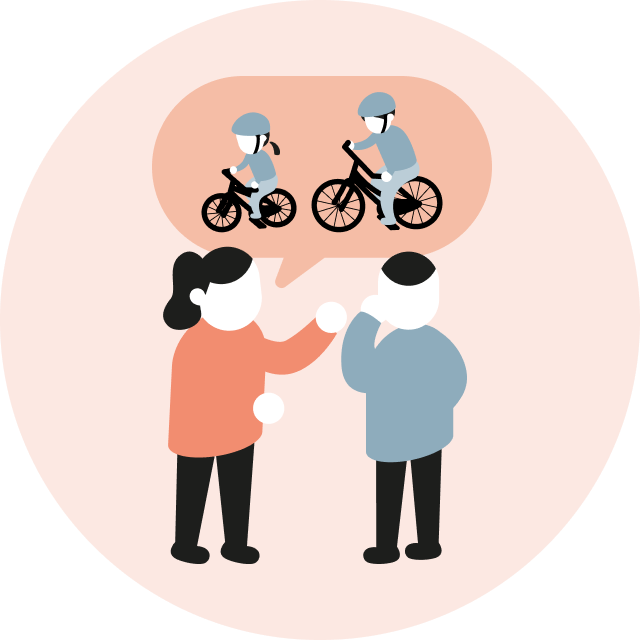
The first step is to identify the different communities you will work with, and wider stakeholders, that you believe will need to be influenced and engaged with for your project to be successful. This can build upon the stakeholder analysis you carried out during the Understand stage. This may initially be a longlist which you will likely need to shorten, by prioritising audiences in line with the resources you have available (time, people and funding). These different groups you identify will become the different ‘audiences’ of your advocacy strategy. Your priority audiences could include the caregivers and pregnant women who will benefit directly from the project, residents, potential funders, or relevant decision-makers.
The second step is to understand each of your priority audiences. A useful technique is to group your audiences into a small number of ‘personas’, which is a profile that brings to life a combined range of interests, needs and characteristics of a defined group. Explore the tools below to learn more about creating these ‘persona’ profiles, and how they can help you to influence more effectively.

TOOLS
Creating fictional personas to represent the needs and interests of the groups or individuals helps plan communications that engages them effectively.

GET INSPIRED
Read how Estudio +1 in Brazil discovered that to achieve safe environments for women to breastfeed in Jurujuba they had to engage the male population as well.
Step 2
Define your approach and message
Set an advocacy strategy with a clear message
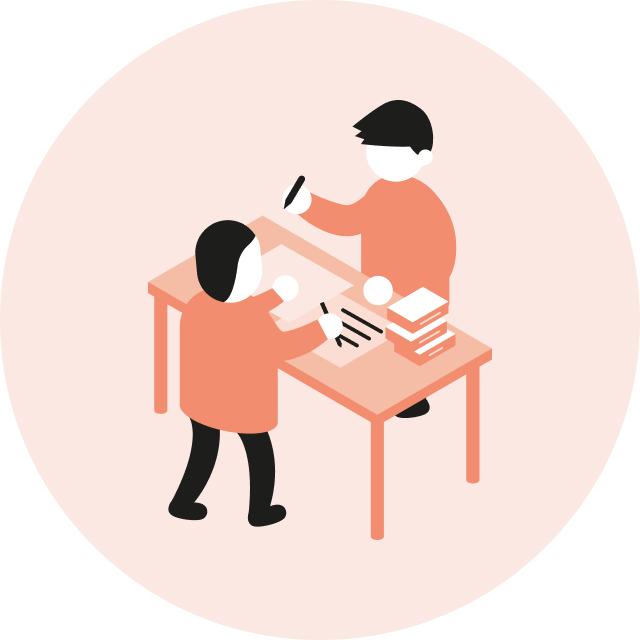
While exploring the audiences you aim to influence, you might also be generating some creative ideas and tactics to build into your communications plan. Make sure to document these ideas as they come, but first focus on what you have learned from your ‘persona’ research and how that can feed into your strategic advocacy approach. The approach you define should be succinct, simple and clear to everyone on the team. Think about one to two sentences that summarise who you plan to influence, in what way, and why. This definition will help focus your resources and activities to have the most impact. For example, depending on your funding and capacity, you may decide to first prioritise the engagement of a small number of critical stakeholders who might be most important in making your project a success, before engaging more widely. You should also develop a succinct set of core messages for each ‘persona’ or stakeholder group that supports your strategic approach, ensuring core messages are delivered consistently and regularly enough to be remembered and repeated by your audiences.

TOOL
What are you going to say to influence people in the way that you need?
Displaying the Proximity of Care Framework poster and/or the Proximity of Care project life cycle poster in your event or office, or using it as part of your presentation, can help with transmitting your message.
Displaying the Proximity of Care Framework poster and/or the Proximity of Care project life cycle poster in your event or office, or using it as part of your presentation, can help with transmitting your message.

GET INSPIRED
See how Espacio Lúdico created a clear and effective message to advocate for more inclusion of the young deaf community in public spaces of Montevideo.
“Young Explorers” film series by Urban95 is a powerful way to show the importance of a child-friendly approach, as part of your strategy and message.
Step 3
Develop methods
Consider different communications channels, activities, opportunities and content
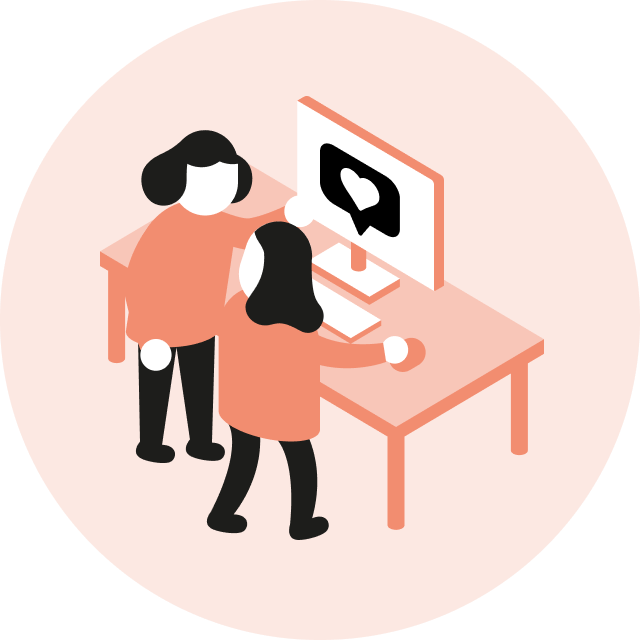
This is the moment to build out your ideas on exactly how you aim to engage with your audiences. You may have generated some ideas through the previous stages of your project, and you can run additional workshops to come up with and test new ones. While an open approach to this process will allow as much creativity as possible, your strategic approach, priority audiences and messages can act as useful guides. Resource and capacity are important considerations, to ensure you are investing your creative energy into opportunities that are feasible. For example, your ‘persona’ work may have told you that your different target audiences are best engaged through specific social media channels. But to develop a new social media channel may require additional investment to establish and sustain, when an existing and developed channel you already use may have similar impact but be far more cost effective.

TOOLS
You can use this template to apply your persona research and think about which communication channels will best reach and engage these groups in your message.

GET INSPIRED
See how Urban 95 developed the digital platform Digitaf for parents of young children to find local facilities, public events and municipal services.
Read about this historic example of child-centred activism in The Netherlands, where a grassroots movement named “Stop de Kindermoord” advocated for child safety in cities through the reduction of the presence and speed of cars.
Step 4
Develop methods
Put your ideas into a deliverable advocacy plan

An advocacy plan is what will bring together all the components of your advocacy strategy, starting with the identified audiences, their corresponding ‘personas’, the core messages for each, and the different channels, platforms and timings you will use. The advocacy plan has two essential layers: the communication activity itself, and how it will be delivered. Both these layers must take full account of the resources available, such as capacity, time, budget, and any potential additional funding. For planning the timing of different activities, look at any possible project milestones or moments you could align your messaging with, either internal to your project (such as an engagement activity, pilot or launch event) or within your project context (such as local elections, public holidays or festivals).
Ensure that your communications timeline delivers your strategic approach and test the activities against your objectives and audiences you are trying to reach. An effective advocacy plan should be regularly refined and updated depending on feedback, such as through engagement online, or the turnout at physical events (see Step 5 for more detail on measuring success). Plans that are clear in what they aim to do, when, and by who, have the most likelihood of being successfully delivered.

TOOL
An advocacy plan brings together all the components of your advocacy strategy: activities over time.

GET INSPIRED
Step 5
Measure, listen and refine
Set a methodology to track progress and optimise your advocacy approach
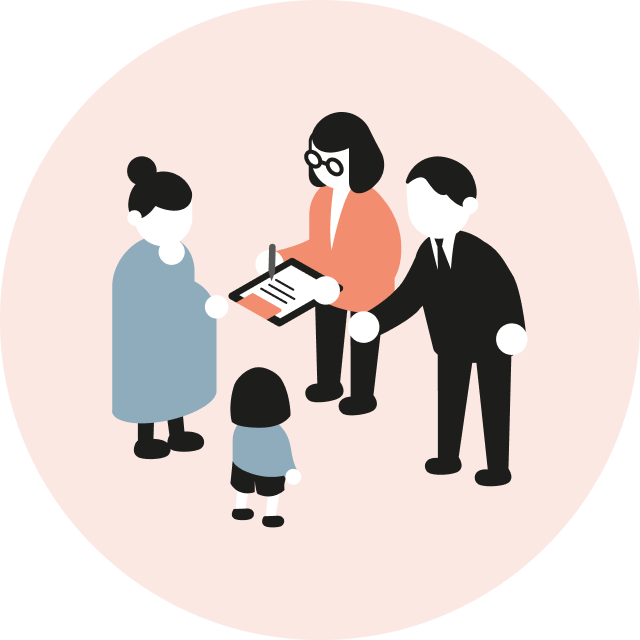
Techniques to measure advocacy during the different project stages can range from social media engagement and event attendance to representative audience polling and simple surveys. Measurement throughout your communications period will enable you to track progress, including which activities are more or less successful. Alongside more quantitative techniques, such as surveys or social media data, it is useful to build a process of listening and recording qualitative feedback into communications at each stage of your project. Listening to detailed input provides a richer, deeper quality of information and builds trust. Acting on what you hear and demonstrating how you have responded also creates a real sense of collaboration.
When the project is complete and your communication is focused on encouraging use of a project, there are also a number of techniques you can use to measure and refine your approach. This could include asking people directly how they heard about a service, for example, or carry out surveys on awareness of specific communications materials and the project itself.

GET INSPIRED
Read how Ciudad Emergente employs metrics for impact measurement, to create evidence for new child-centred public space interventions in Valdivia .
Tailored Advice: INFLUENCE
Click the icons below to read our tailored advice.

City
authorities
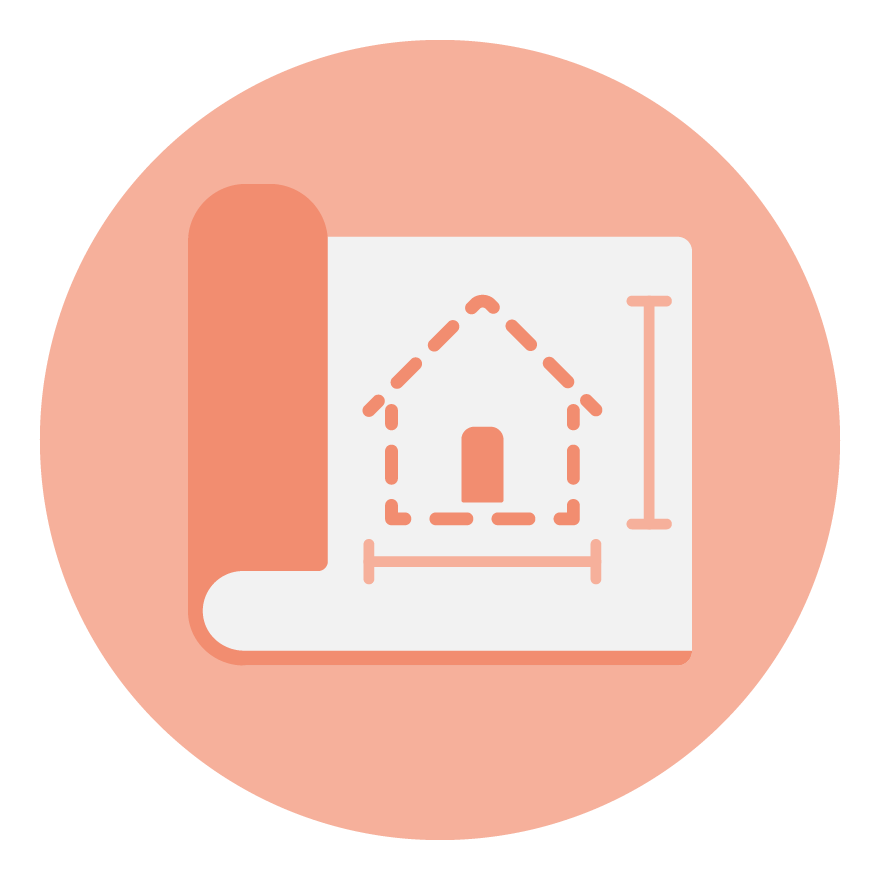
Urban
practitioners

Early childhood development practitioners

Developers
City authorities
- It is likely that there will be individuals or groups within or outside your organisation that you need to influence to gain support, funding, or approval for your project. Asking them questions to build the ‘persona’ profile of their role is a good opportunity to also introduce key people to your project and the child-friendly principles guiding it. You could also consider engaging a communications expert to undertake the initial ‘persona’ research and resulting communication strategy for your core team to apply.
- Aligning the message of your project with the policies, language and vision of your city authority is a useful way of gaining support from across the organisation. At the very least, it is important to ensure that your message is consistent and complementary to the authority’s wider communications.
- Engaging any internal communications teams early on will be important in securing their support, and hopefully resources, for your project. Once you have established your ‘personas’ and approach, consider engaging relevant communication teams in a workshop to help generate ideas for methods. This will also give you a sense of what is possible within the current capacity of the team and whether you need to find additional resources.
- The annual and monthly calendar of your authority and city can tell you opportunities to align with your project and dates to avoid. For example, city or neighbourhood events, school and religious holidays and elections. It will also be important to feed your dates into the authority’s communications planning process to both gain support of the communication resources and avoid any conflicting activity.

Urban practitioners
- The process of creating a ‘persona’ profile of a group of stakeholders is also a good opportunity to test and update assumptions around the needs of local communities, the aims of the key stakeholders, and the best way of engaging them. Remember that these assumptions need to be checked with each of these groups. Importantly, don’t forget that our assumptions and bias may result in a non-inclusive design process, therefore always consider strategies to reach diversity in your engagement.
- On any project, you will ordinarily have multiple stakeholders with very different concerns and interests. Setting your strategy is an opportunity to prioritise and focus on those you really need to influence and in what way. Think about what you would like them to understand and support, and why this is important to the success of the project.
- Consider getting creative in the different communication channels you can use. For example, communication does not need to only take place online, but could be done physically through community events, posters or even a co-created exhibition with a local school involving children and their caregivers.
- You could design a communications plan with timed phases of communications aimed at the Understand, Design and Implement stages. Dedicate specific resources for communications, and don’t assume they will naturally occur or that they could be delivered without additional efforts and planning.
- Regular measurement of engagement and views will provide you with up-to-date information that can be used to demonstrate the importance of the project with decision-makers and other stakeholders. This approach can also help to ensure that your project is shaped by the people that it aims to benefit.

Early childhood development practitioners
- For this stage, you have a similar role as urban practitioners. Furthermore, you need to work with urban practitioners in identifying key stakeholders and on building the personas. Keep in mind that you know about the young children, teachers, families, caregivers, ‘personas’ maybe more than the urban practitioner. Likewise, you need to learn about the ‘personas’ in the urban sector that need to be influenced to have the buy-in for solutions that will improve child’s and caregiver’s wellbeing.

Developers
- Working together to develop ‘personas’ is a useful way of raising awareness among your team of the needs of young children, caregivers and pregnant women, and gaining their commitment in responding to these needs. If you can talk directly to your target audiences to create your ‘personas’, this can be a useful opportunity to engage with critical stakeholders outside of formal processes. You can also build ‘personas’ for the groups or individuals that you need to influence to deliver against your commercial or ESG commitments, for example.
- When crafting a core message, drill into the needs of your priority audiences, or ‘persona’ profiles, and focus on what they might want or need to hear. This will help avoid falling into the trap of phrases that do not deliver your core message or have little meaning to those you are targeting. For example, ‘mixed-use development’ could be interpreted in any number of ways.
- If child-friendly principles are new to your organisation, the Influence stage presents an opportunity to think differently about how you usually approach stakeholder engagement to ensure you reach young children, caregivers and pregnant women. It is also the opportunity to think about how you can engage internal stakeholders to raise awareness and secure support for this approach.
- Your communications plan should sequence around both your internal reporting requirements and the formal external communications schedule for your project. Bigger moments can be sequenced to influence your internal and external audiences at the optimum moments in this timeline.
- Establishing a baseline of opinions from your priority audiences at the outset will enable you to provide evidence of the need for your project. Ongoing measurement will help you demonstrate the value of your engagement and communications, as well as provide content for official submissions, such as planning permission, and marketing materials.
